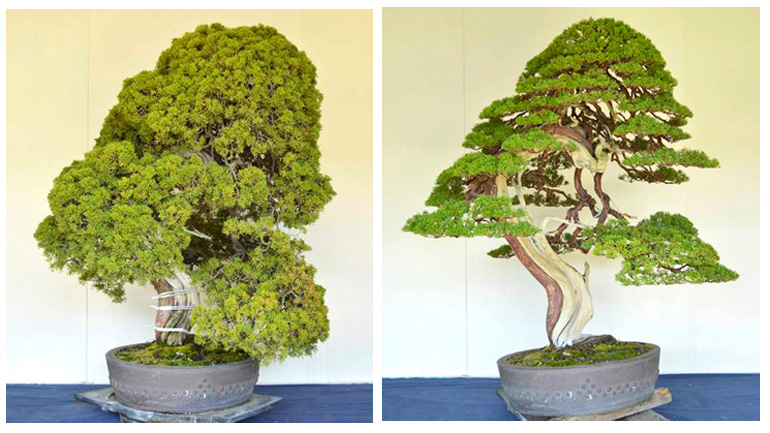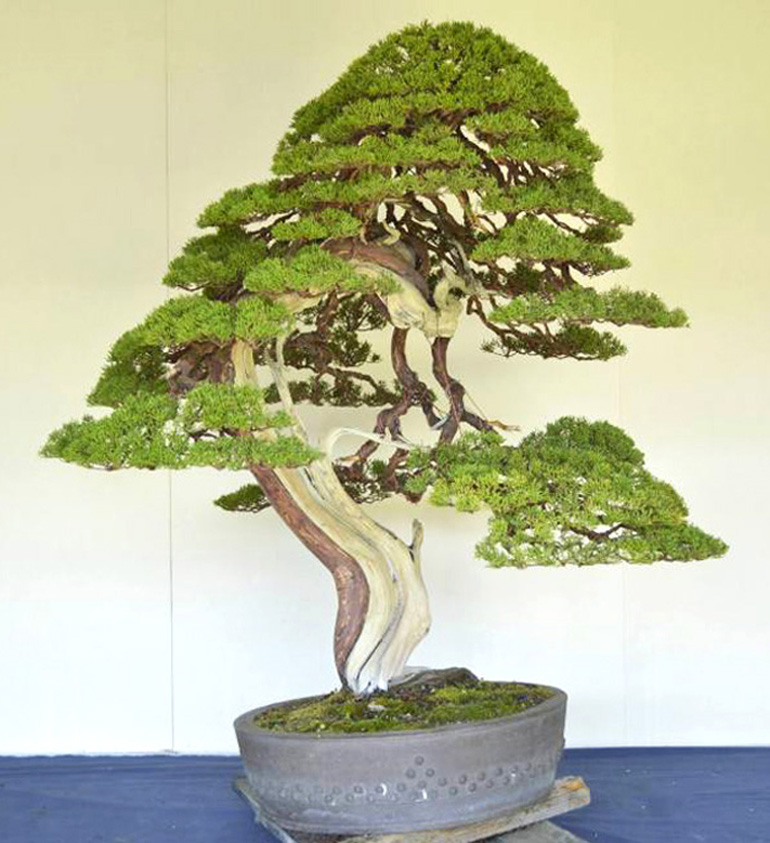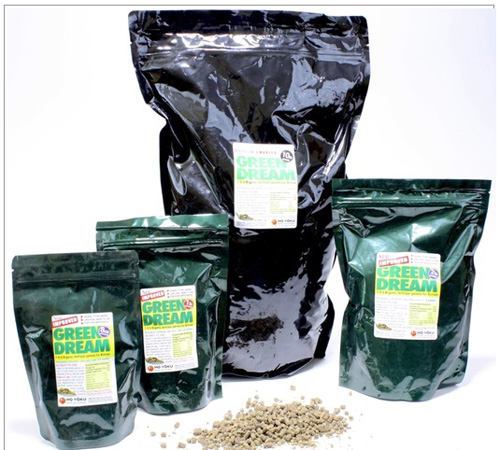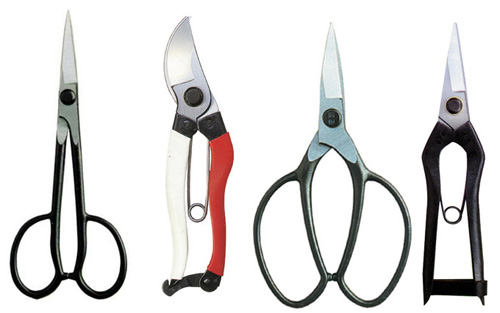
Before and After. This masterpiece Itoigawa Shimpaku was restyled by Bjorn Bjorholm at Keiichi Fujikawa’s Kouka-en Bonsai Nursery in Ikeda City, Japan, where Bjorn was apprenticing at the time. The photo is from a post on Bjorn’s Bjorvala Bonsai Studio blog, as are all the photos in this post.
Continuing with our Bjorn Bjorholm theme (it fits well with our ongoing before and after theme as well). This post originally appeared here in April, 2013, with a few minor changes today
In Bjorn’s own words…
“This massive Itoigawa Shimpaku has a long history as a bonsai. It was first shown in the Kokufu-ten about 35 years ago, back in the days before the boom in major refinement techniques and quality occurred.”
Continued below…
KILO WIRE SPECIAL ENDS TOMORROW
ONLY 14.95 PER ROLL
this special ends Thursday, Sept 21st at noon EDT
Before. To paraphrase Bjorn, this tree arrived at Kouka-en after being over-watered, overfed and overgrown (see below "Fertilizing bonsai - finding the balance").
Bjorn continued from above…
Since then, it was purchased by several different owners and has been in the collection of its current owner for about 20 years. During that period, this particular client has tried to show it in the Kokufu-ten again on three separate occasions, and each time the tree has failed to cut the mustard, so-to-speak. The owner recently brought the impressive juniper to us at Kouka-en for a major restyling and to see if, perhaps, we might be able to transform it once again into a Kokufu-ten-worthy bonsai…” (please visit Bjorn’s blog for the rest of what he has to say about this tree).

After. All that's left to do is to repot with the new planting angle.
Fertilizing bonsai – finding the balance…
In reference to Bjorn’s comment about the tree being overfed… What does it mean to overfeed a bonsai? We should say something here, as we’ve often encouraged our readers to fertilize more, rather than less. To clarify, we need to make a distinction between older well-established trees and younger less developed trees.
With older bonsai, once the trunk and branches are well developed, two primary concerns are the health of the tree and the continued development of fine branching (ramification). If you fertilize too much at this stage, the fine branching tends to grow too fast, with the result being undesirable thickness and internodes that are too long. So you want to slow the feeding down to just enough to keep the tree healthy and to promote tight ramification.
With younger trees, heavier fertilizing helps promote faster growth which can result in increased trunk girth and the development of strong primary branching. Though there much more that can be said, and, as with most everything, finding the proper balance between too much and not enough is key.

Have you seen our NEW 10 lb bag of Green Dream?
It’s shown here with 8oz, 1 lb and 2 lb bags
10 lb bag our list price 75.00
Special Only 55.00
this special will end in one week
This closer look gives you a pretty good view of how well this tree is ramified. If you look closely, you can follow the branching from primary, to secondary, to tertiary and so forth. Though conifers aren’t usually as highly ramified as the most developed deciduous trees, still, ramification is critical if you want top-notch conifer bonsai.
The biggest loser.
Okatsune Bonsai & Garden Tool Special
25% OFF LIST PRICES
ON ALL OKATSUNE TOOLS, SHEATHS ETC
 Here’s a sampling of some of our Okatsune Bonsai and Garden shears
Here’s a sampling of some of our Okatsune Bonsai and Garden shears
And just in case they are new to you
Okatsune Tools cut like butter and last forever
additional 5% off orders 150.00 – 300.00
10% off orders 300.00 plus
FREE Shipping on Continental U.S. orders 75.00 or more
but only if you choose free shipping when you check out
